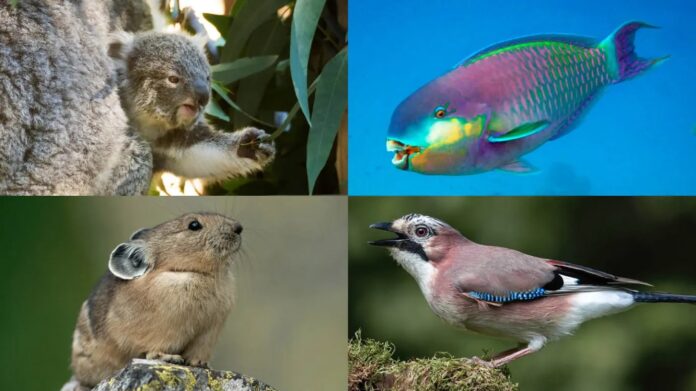The surprising benefits and widespread practice of coprophagy among animals
Animal poop serves multiple biological functions beyond waste elimination. As explained here, in an issue of Animal Behaviour, three researchers reveal how this substance provides crucial nutrition and serves various ecological purposes when consumed. Their comprehensive study documents coprophagy—the consumption of feces—in more than 150 vertebrate species, demonstrating its widespread importance across the animal kingdom.
During their research at the Smithsonian National Zoo and Conservation Biology Institute in Washington, D.C., evolutionary biologists Elaine J. Power and Sally Bornbusch, along with zoo clinical nutritionist Erin Kendrick, discovered fascinating patterns of fecal consumption. “I had no idea how many baby animals ate their mom’s poop to get microbes to help populate the gut,” says Power, now retired in Eugene, Ore. This behavior appears in diverse species, from koalas and desert tortoises to ostriches, suggesting its crucial role in early development.
Some animals have evolved to depend entirely on coprophagy for survival. Pikas, small mountain-dwelling mammals, endure harsh winters by consuming nutrient-rich yak droppings, which provide essential sustenance when other food sources are scarce. Cavefish, confined to their underground habitat, survive primarily on bat guano, which serves as their primary nutrient source. According to Power, feces can be “a wonderful source of nutrition” despite the inherent risks of disease and parasites.
Laboratory rats present a particularly striking example, deriving approximately 40% of their total nutritional intake from coprophagy. This behavior isn’t merely optional—rats prevented from practicing coprophagy develop severe vitamin B12 deficiencies, making this a crucial consideration in laboratory animal care.
For herbivorous mammals like rabbits, coprophagy compensates for their simpler digestive system. Unlike ruminants such as cows, which possess a multi-chambered stomach for breaking down complex plant materials, these smaller animals must pass food through their digestive system twice to extract maximum nutrition. The process involves a specialized organ called the caecum, which produces nutrient-rich, soft fecal masses. A recent study even captured images of a capybara—the world’s largest rodent—contorting itself into a yoga-like pose to consume these caecal pellets directly.
Coprophagy also plays a crucial role in parenting strategies. Swift parents consume their hatchlings’ fecal sacs, likely serving both sanitary and hydration purposes. Similarly, lactating black bear mothers in their winter dens practice coprophagy, which Power suggests helps maintain both den hygiene and maternal hydration during the critical early weeks of cub care.
While the research team focused on non-human animals, biochemist and historian Sachi Sri Kantha from Gifu University, Japan, has documented human applications of coprophagy. Traditional medicine in various cultures has incorporated processed fecal matter for therapeutic purposes. Modern Western medicine has refined this approach through fecal microbiota transplantation (FMT), using carefully screened fecal material to treat various gastrointestinal conditions—though administered via colonoscopy rather than orally. Regarding claims of recreational coprophagy, Sri Kantha remains skeptical, noting, “Some people will do anything for money.”
This research illuminates how a substance often viewed with disgust plays vital roles in animal survival, parenting, and even modern medicine, challenging our preconceptions about waste in natural systems.

